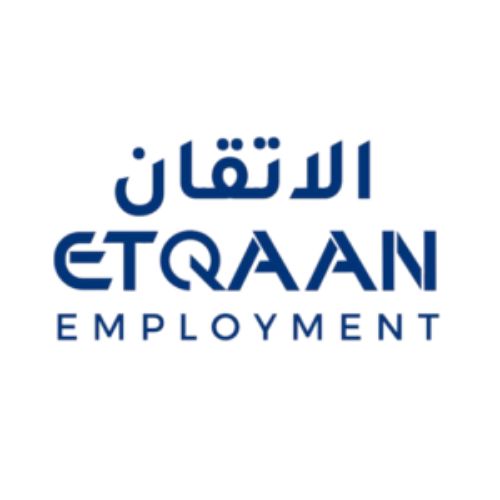
Heavy machinery operates in some of the toughest environments — mining, construction, agriculture, and manufacturing, just to name a few. These machines often face extreme abrasion, impact, and wear that can severely reduce their lifespan and increase maintenance costs. This is where wear plates come in as an essential protective solution.
In this article, we will explore the top benefits of using wear plates in heavy machinery, what makes them vital, and how they can save you both time and money. Whether you are a machinery operator, engineer, or maintenance professional, understanding wear plates will help you make smarter decisions for equipment longevity.
What Are Wear Plates?
Wear Plates are specially designed metal plates, usually made from hardened steel or alloy materials, that are welded or bolted onto machinery surfaces. Their primary function is to protect the base metal of machinery parts from abrasive forces, impacts, and corrosion.
These plates serve as sacrificial barriers, absorbing wear and tear so the underlying equipment doesn’t get damaged. Due to their durability and resistance to harsh conditions, wear plates are widely used in equipment such as excavators, bulldozers, crushers, and conveyor systems.
Why Are Wear Plates Important in Heavy Machinery?
Heavy machinery components are constantly exposed to abrasive particles like rocks, sand, and metal fragments. Without protection, these materials cause rapid wear, leading to:
- Frequent breakdowns
- Expensive repairs
- Reduced operational efficiency
- Shorter equipment lifespan
By using wear plates, you create a robust shield that can endure these harsh conditions, thereby extending the service life of critical machinery parts.
Top Benefits of Using Wear Plates in Heavy Machinery
1. Enhanced Durability and Longevity
One of the most significant advantages of wear plates is their ability to significantly extend the life of heavy machinery components. Since they act as a protective barrier, wear plates take the brunt of abrasive forces, preventing the machine’s core parts from getting worn out prematurely.
This added durability means fewer replacements and less downtime — ultimately saving operational costs.
2. Reduced Maintenance Costs
Maintenance in heavy machinery can be expensive and time-consuming. Regular repairs due to wear and tear can disrupt operations and inflate budgets.
By installing wear plates, you minimize the frequency and severity of maintenance needs. The plates are easier to replace than entire parts, making repairs more straightforward and cost-effective.
3. Improved Operational Efficiency
When machinery operates smoothly without frequent breakdowns, productivity naturally improves. Wear plates reduce downtime caused by part failures and maintenance.
This improvement in reliability means machines spend more time working and less time in repair shops — a critical factor in industries where time equals money.
4. Versatility Across Industries
Wear plates are not limited to one type of machinery or industry. They are widely used across construction, mining, agriculture, and manufacturing sectors. Their adaptability means you can use them on excavator buckets, conveyor belts, crushers, hoppers, and more.
This versatility allows companies to apply a consistent wear-resistant strategy across various equipment, simplifying procurement and maintenance processes.
5. Customizable for Specific Needs
Wear plates come in different materials, thicknesses, and hardness levels. This customization ensures you can tailor protection based on the specific wear challenges your machinery faces.
For example, in highly abrasive environments, a hardened alloy plate may be best, while in impact-heavy scenarios, thicker plates with impact-resistant properties might be preferred.
6. Corrosion Resistance
Besides wear and impact resistance, many wear plates also offer protection against corrosion. This is especially valuable in environments exposed to moisture, chemicals, or extreme temperatures.
Corrosion-resistant wear plates help maintain the structural integrity of machinery parts and prevent rust-related failures.
7. Easy Installation and Replacement
Modern wear plates are designed for straightforward installation, often using welding or bolting methods. When the plates wear out, replacing them is far simpler and quicker than replacing entire machinery parts.
This ease of installation reduces machine downtime during maintenance periods, contributing to overall operational efficiency.
8. Cost-Effective Protection Solution
While investing in wear plates may seem like an upfront cost, the long-term savings far outweigh the initial expense. By preventing costly equipment failures and reducing downtime, wear plates provide excellent return on investment.
How Wear Plates Work: A Closer Look
To understand the benefits better, let’s briefly explore how wear plates function on a mechanical level.
Wear plates are generally made from high-hardness steel or other alloys, which give them superior resistance to abrasion and impact. When mounted on equipment surfaces, they bear the force and friction of external materials like rocks or metal scraps.
Over time, the wear plates degrade — but the base machinery parts remain intact underneath. This sacrificial function ensures the core equipment maintains its strength and functionality.
Types of Wear Plates
Here’s a simple table highlighting the common types of wear plates and their typical applications:
| Wear Plate Type | Material | Typical Use |
|---|---|---|
| Abrasion-Resistant Steel | High-hardness steel alloy | Excavator buckets, conveyor liners |
| Ceramic-Lined Plates | Steel + ceramic inserts | Mining crushers, chutes, hoppers |
| Rubber Wear Plates | Heavy-duty rubber | Material handling, conveyor belts |
| Stainless Steel Plates | Corrosion-resistant steel | Food processing, chemical equipment |
Conclusion
Incorporating wear plates in your heavy machinery is a smart, practical decision that boosts equipment lifespan, reduces downtime, and cuts maintenance expenses. Whether in mining, construction, agriculture, or manufacturing, the benefits are clear.
If you want to protect your investment and ensure maximum operational efficiency, wear plates should be a key part of your machinery maintenance strategy.



